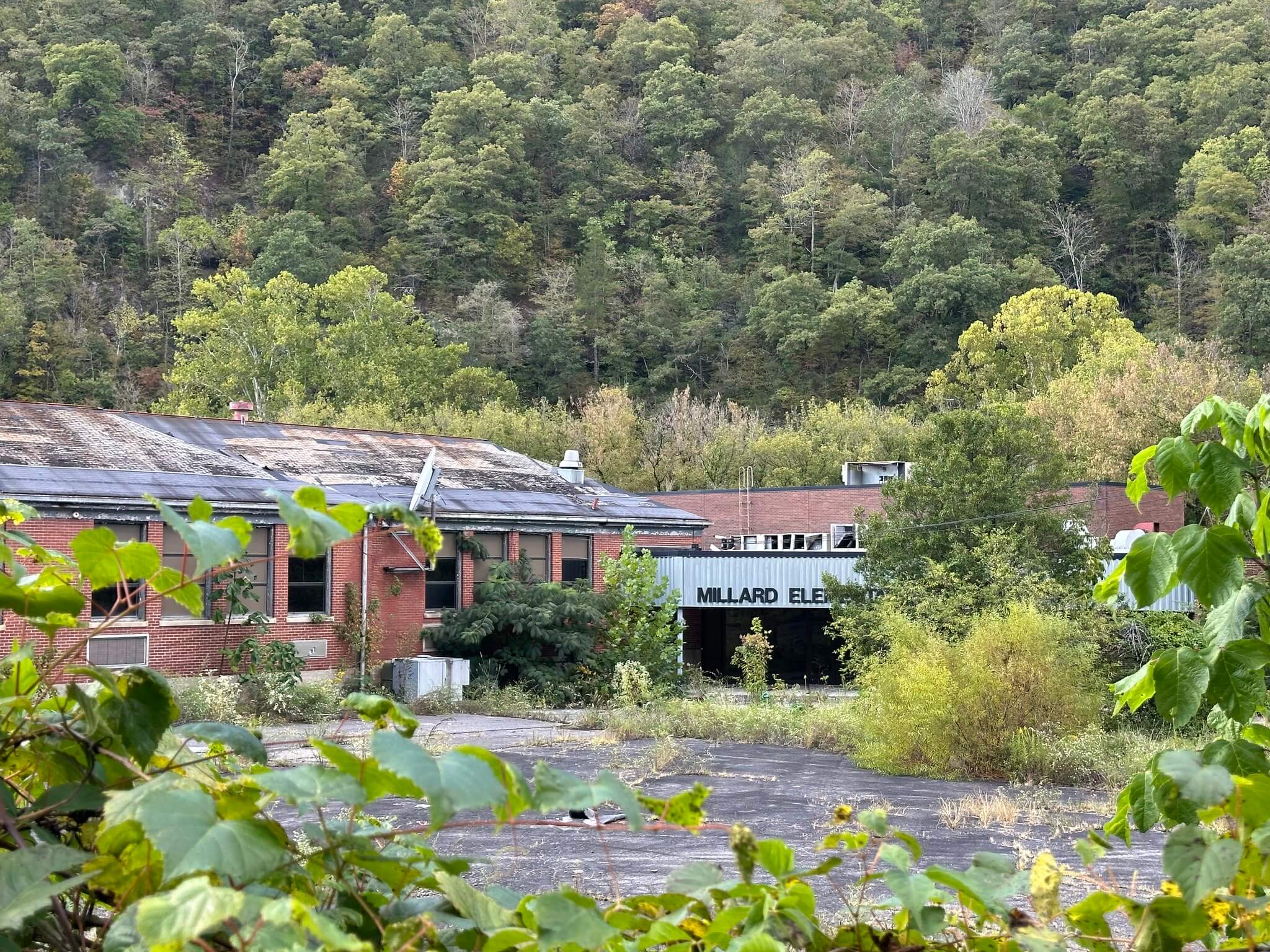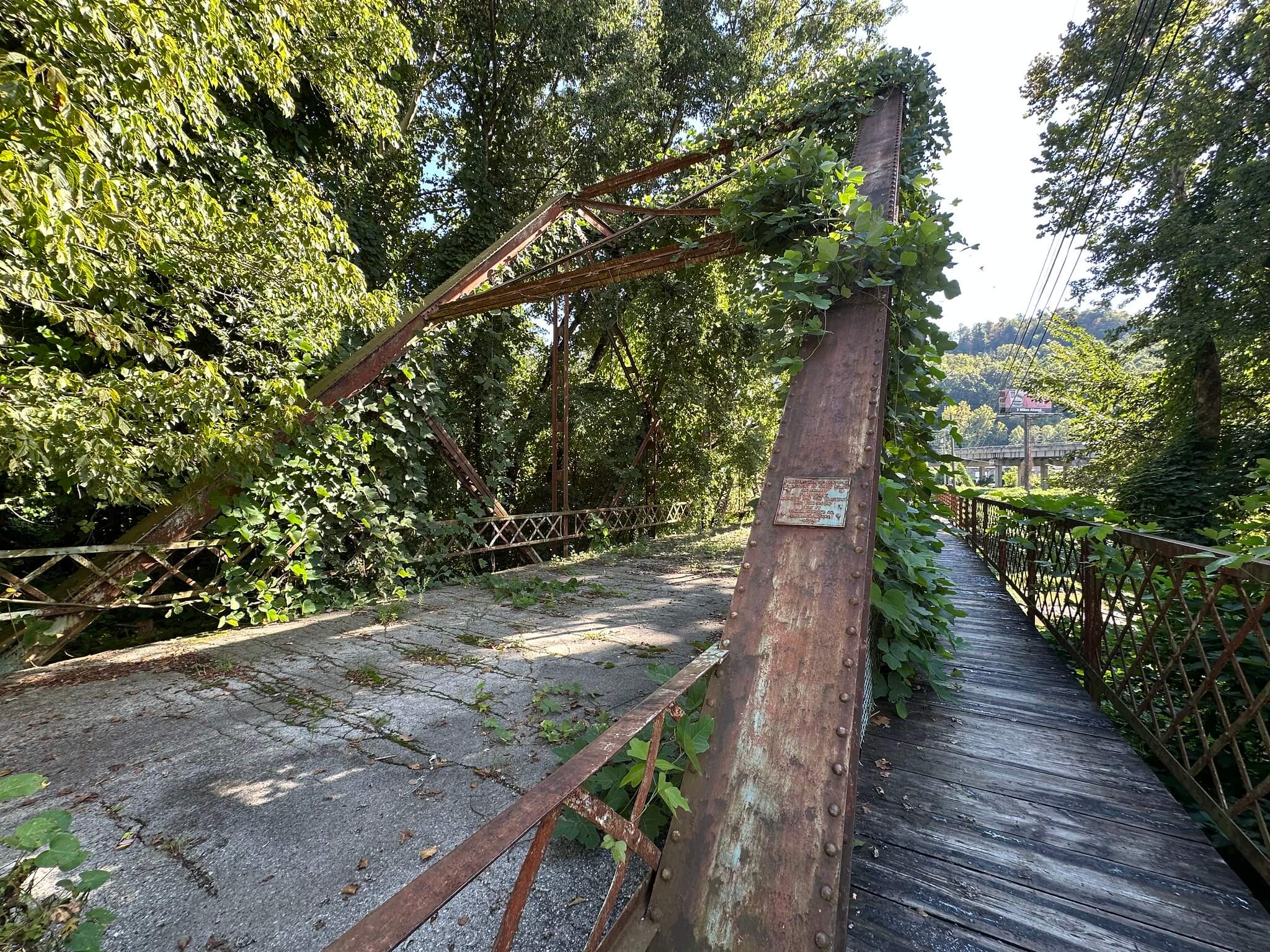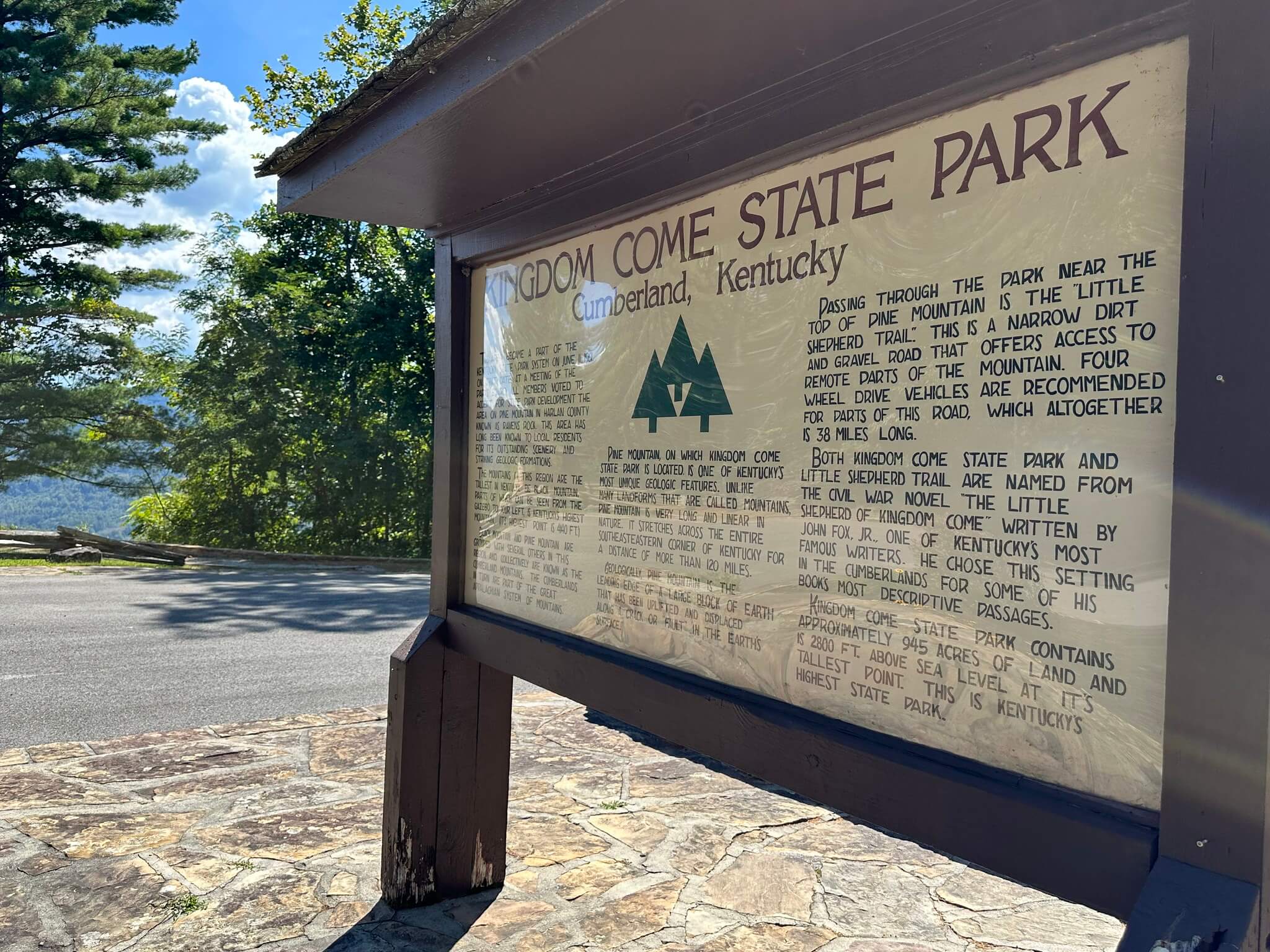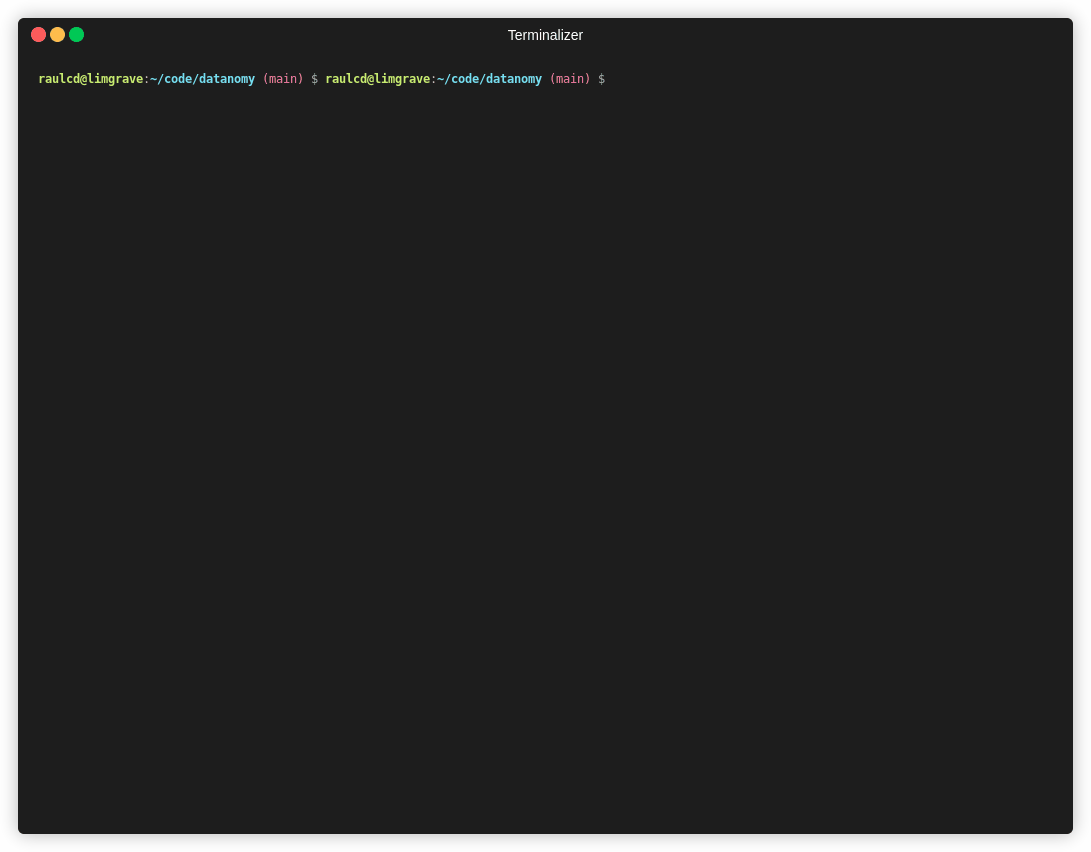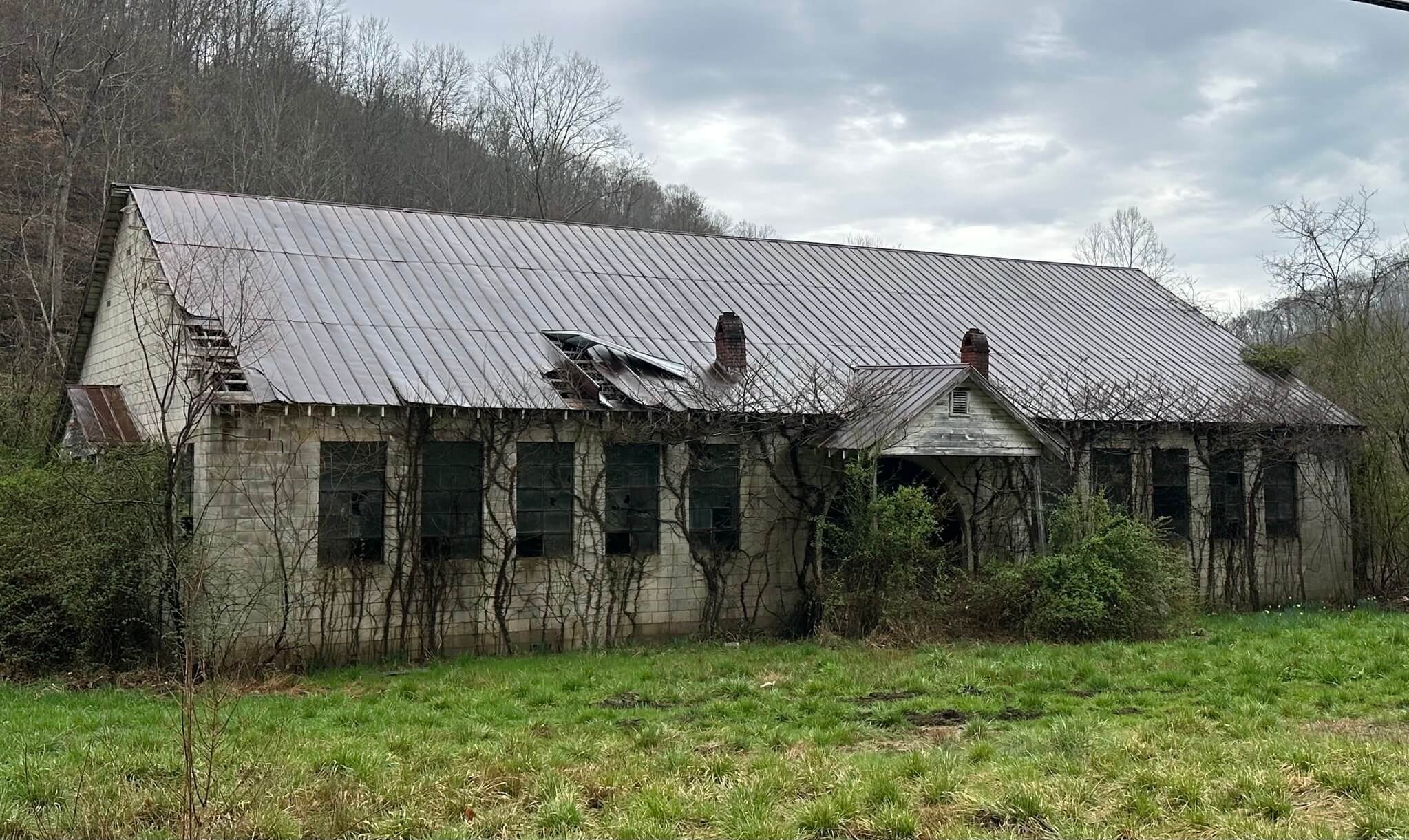
Abandoned Appalachia A stone schoolhouse above a future lake If you drive up Yellow Creek toward Building Mountain today, you can still spot it. Before the road tips over the ridge, a stone building sits on the flat ground across from where Roosevelt Honeycutt once kept a store.
